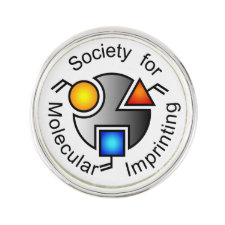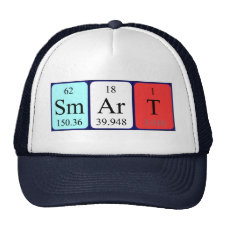
Authors: Haginaka J, Nishimura K, Kimachi T, Inamoto K, Takemoto Y, Kobayashi Y
Article Title: Retention and molecular-recognition mechanisms of molecularly imprinted polymers for promazine derivatives.
Publication date: 2019
Journal: Talanta
Volume: 205
Article Number: 120149.
DOI: 10.1016/j.talanta.2019.120149
Alternative URL: https://www.sciencedirect.com/science/article/pii/S0039914019307751
Abstract: Monodisperse molecularly imprinted polymers (MIPs) for promazine derivatives [promazine (PZ), methylpromazine (MPZ), chlorpromazine (CPZ) and bromopromazine (BPZ)], MIPPZ, MIPMPZ, MIPCPZ and MIPBPZ, were prepared using methacrylic acid (MAA) as a functional monomer and ethylene glycol dimethacrylate as a crosslinker by multi-step swelling and polymerization. The retention and molecular-recognition properties of the obtained MIPs were evaluated using LC in hydrophilic interaction chromatography (HILIC) and reversed-phase modes. In computational approaches, intermolecular interaction modes and energies between PZ derivatives and MAAs were evaluated at the HF/6-311G(d,p) level. The interaction energies of PZ, MPZ, CPZ and BPZ with 4 equivalents of MAAs were calculated. The results indicated that the interaction of the aliphatic amine moiety of a PZ derivative with MAA gave almost similar interaction energies at the HF/6-311G(d,p) level, and that the interaction of the sulfur atom of a phenothiazine scaffold with MAA was also the case. The third interaction of the aromatic amine of a PZ derivative with MAA was in the order of MPZ > PZ > CPZ > BPZ presumably due to the change of basicity by the electron-donating or electron-withdrawing effect of a subsituent. Furthermore, the fourth attractive modes of CPZ and BPZ were suggested to be the interaction of their halogen atoms with MAA through both halogen bonding and hydrogen bonding, while PZ and MPZ were suggested to have the weak C-H ... π interaction with MAA. In HILIC mode, the interaction energies at the HF method had good correlation with the retention factor of a PZ derivative on each MIP, indicating that in addition to the shape recognition, the attractive electrostatic interactions would be more responsible for its retention rather than the dispersion energies. Furthermore, in addition to the shape recognition, ionic and hydrophobic interactions, and halogen bonding and hydrogen bonding (the last interaction seems to be weak) seem to work for the retention and molecular-recognition of PZ derivatives on the MIPs in reversed-phase mode
Template and target information: promazine, PZ, methylpromazine, MPZ, chlorpromazine, CPZ, bromopromazine, BPZ
Author keywords: molecularly imprinted polymer, Multi-step swelling and polymerization, computational approach, promazine, Halogen bonding



Join the Society for Molecular Imprinting

New items RSS feed
Sign-up for e-mail updates:
Choose between receiving an occasional newsletter or more frequent e-mail alerts.
Click here to go to the sign-up page.
Is your name elemental or peptidic? Enter your name and find out by clicking either of the buttons below!
Other products you may like:
 MIPdatabase
MIPdatabase









